Get ready to dive into the sneaky side of aging—where things aren’t always as obvious as gray hair or reading glasses. Turning 60 isn’t a red carpet to a retirement resort; it’s more like stepping onto a path where silent health gremlins start creeping in without warning. Think of this as your “watch list”—a roster of 14 health saboteurs that tend to lurk in the shadows after you hit the big six-oh. Whether you’re planning epic travel, ambitious grandparenting, or just looking to binge the next hit series without interruptions, knowing these stealthy risks can help you stay one step ahead (and maybe even show aging who’s boss).
1. Hidden Hypertension
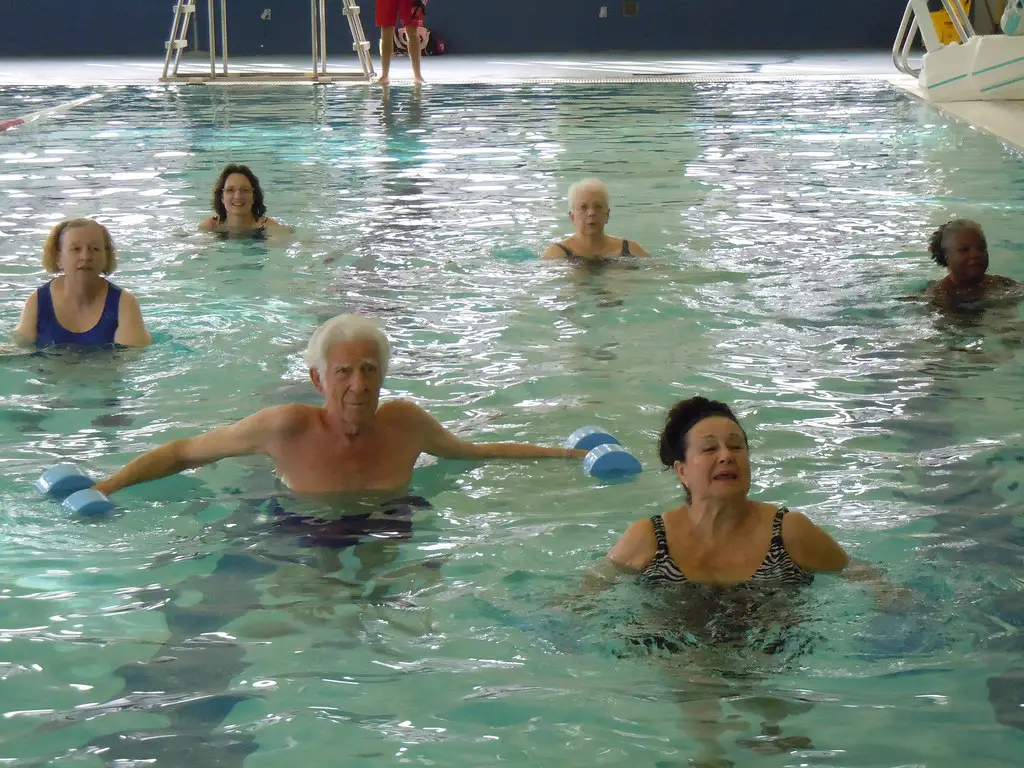
Your blood pressure can spike behind the scenes like a surprise guest at a party—and you won’t even feel it. As noted by the Mayo Clinic, stiffening arteries after age 60 force your heart to work overtime, upping your risk of hypertension and cardiovascular drama. It’s wild because you might feel perfectly fine—no dizziness, no headaches—yet your blood vessels are tightening their grip. Ignoring this is like refusing to check your bank balance before splurging: a recipe for disaster.
Getting regular check-ups is key, but so is embracing lifestyle tweaks. Think Mediterranean diet vibes—olive oil, nuts, and that rainbow of veggies. Sneak in brisk walks or ; your heart will thank you later. Ditch the salt shaker (or at least make it earn its keep) and swap processed snacks for fresh fruit. Mind your stress levels, too—meditation apps are free therapy. And hey, drinking water isn’t just for insta-fitness influencers; it helps keep your blood volume in check. So, while you’re crushing your 60s, don’t let hypertension gate-crash the party.
2. Fading Taste and Smell

Suddenly, your morning coffee tastes like watered-down nostalgia, and your lavender-scented candle feels a bit meh. You might blame the barista or the candle brand, but in reality, you’re experiencing a real drop in taste and smell. According to the NIH, this sensory slump becomes more pronounced after age 60, as nerve endings and receptor cells slow their roll. It’s like your taste buds and olfactory senses went on vacation—and they forgot to send you postcards.
This stealthy shift can affect appetite, leading to under- or overeating (and neither is fun). You might find yourself drowning meals in salt or sugar just to make them interesting, which can backfire on your blood pressure or blood sugar. To combat this, experiment with spices, herbs, and zesty citrus—flavor profiles are your best friends now. Keep your kitchen a sensory playground: colorful plates, varied textures, and aromatic ingredients. And don’t skip dental check-ups—poor oral health can worsen flavor perception. Bottom line: treat your nose and tongue to TLC, because every bite and whiff still deserve a standing ovation.
3. Silent Swallowing Snags

Choking on your feelings? Metaphorically, yes—but literally, it could be dysphagia (difficulty swallowing), which sneaks up on many over-60s. As detailed in HIGN, the muscles and nerves that coordinate swallowing get a bit sluggish with age, increasing risks of silent aspiration (food or liquid entering the airway). It’s not always obvious—coughing or throat clearing might be blamed on allergies or a “little tickle.”
Left unchecked, this can lead to recurrent pneumonia, weight loss, or dehydration, and none of those make great bingo topics. To stay ahead, pay attention to mealtime habits: eat slowly, chew thoroughly, and avoid dry, crumbly foods without a drink nearby. Speech-language therapists can offer exercises to strengthen swallowing muscles; think of it as gym class for your throat. Keep your posture upright during meals, and if you notice constant throat clearing or unexplained chest congestion, get it checked out. Treat dysphagia like a stealth ninja—spot it early, and you’ll keep those bedtime snacks off the danger list.
4. Brain Drain (Cognitive Slippage)
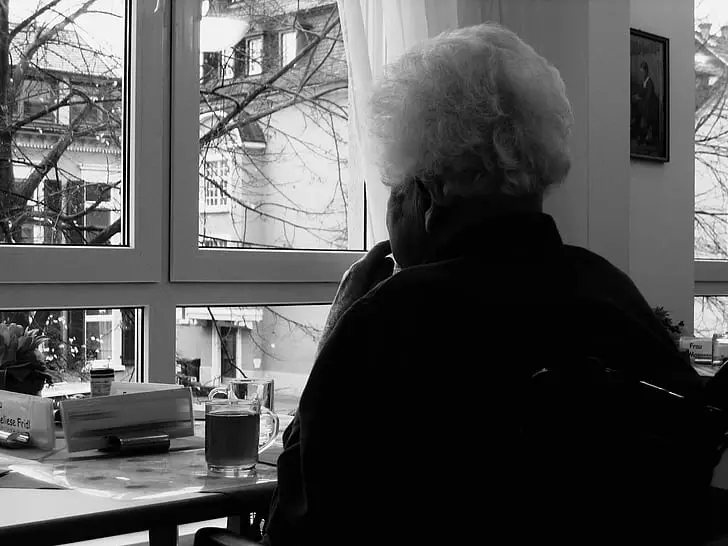
Misplacing your keys used to be a joke. After 60, it can feel more like a daily sitcom—except you’re not laughing. Per a recent analysis by CNN, early cognitive changes can creep in well before overt dementia, with memory lapses, slower processing, and fuzzy focus. It’s like your mental hard drive is running low on RAM.
The flip side? Neuroplasticity still rocks—your brain can adapt with the right stimuli. Challenge yourself with new skills: learn a language, pick up ukulele lessons, or dive into complex puzzles. Social interaction is brain candy, too—join clubs, volunteer, or host game nights. Physical exercise isn’t just for your biceps; it boosts blood flow to your noggin, helping ward off cognitive fog. Prioritize quality sleep—aim for that sweet seven to nine hours—to let your brain file away memories. And guard against stress—too much cortisol is a brain bully. Think of your mind as a garden: nourish it, prune away negativity, and watch those neurons bloom.
5. Social Isolation Squeeze

Retirement, relocation, or loss of friends can turn your social life into a tumbleweed scene, and that’s harder than it sounds. According to The Guardian, seniors who feel lonely face up to a 30% higher mortality risk—loneliness is literally life-shortening. It creeps in quietly: skipping that afternoon coffee date leads to fewer invites, and before you know it, your calendar is a blank slate.
Combat isolation like a social superhero. Schedule regular get-togethers, even if it’s virtual—Zoom tea parties count. Explore community centers, hobby groups, or volunteer opportunities to make new connections. Adopt a pet for non-judgmental companionship and a reason to get outside. Swap phone calls and texts for video chats—seeing the whites of their eyes helps. If mobility’s an issue, look into local ride-share options or senior shuttle services. And remember: reaching out isn’t needy—it’s human. Keep your social circuits buzzing, because thriving connections are the secret sauce to a vibrant 60-plus life.
6. Brittle Bones (Osteoporosis)
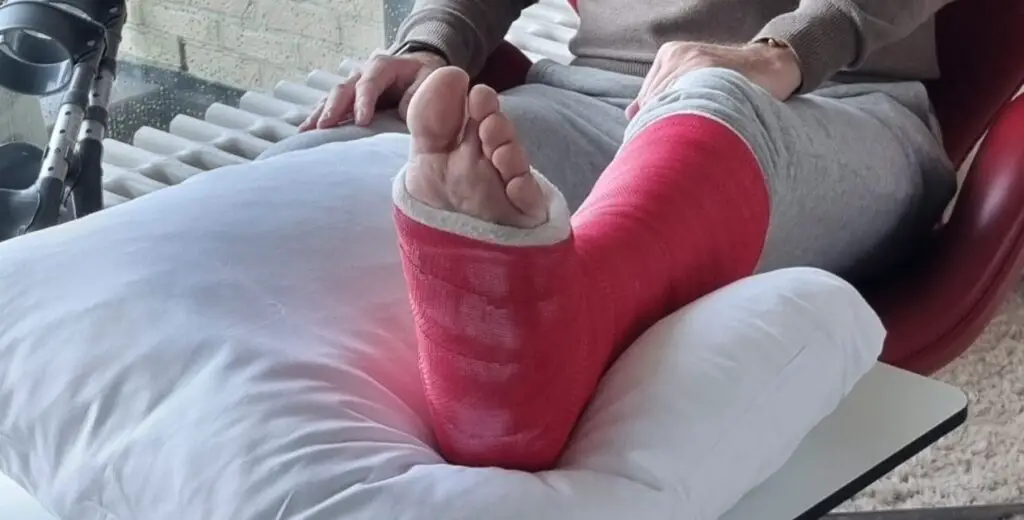
At this stage, your skeleton might feel more “crackle” than “crisp,” because bone density takes a nosedive after menopause and in men’s later years, too. Calcium and vitamin D often need a boost, or else your bones become as fragile as that heirloom china. A simple stumble can spell a fracture, and recovery’s no joyride. Weight-bearing exercises—think walking, dancing, or gentle strength training—help stimulate bone growth, so get moving. Toss in some dairy or fortified plant milks, leafy greens, and supplements if needed (check with your doc). Balance exercises, like tai chi or yoga, reduce fall risk by improving stability. Don’t skip those bone density scans; they’re your early warning system.
Staying active is your armor against osteoporosis. Even household chores count—vacuuming, gardening, or lugging groceries build bone strength. Alcohol and smoking? They’re bone bullies—limit or quit. You might feel like a superhero in denial, but low bone mass isn’t just “part of getting old”; it’s a treatable condition. Talk to your healthcare team about medications that can help, like bisphosphonates or newer options. Embrace sunlight responsibly for that natural vitamin D hit. And above all, respect gravity—wear sturdy shoes, install bathroom grab bars, and keep pathways clear at home. With a proactive approach, you’ll keep standing tall.
7. Muscle Loss (Sarcopenia)
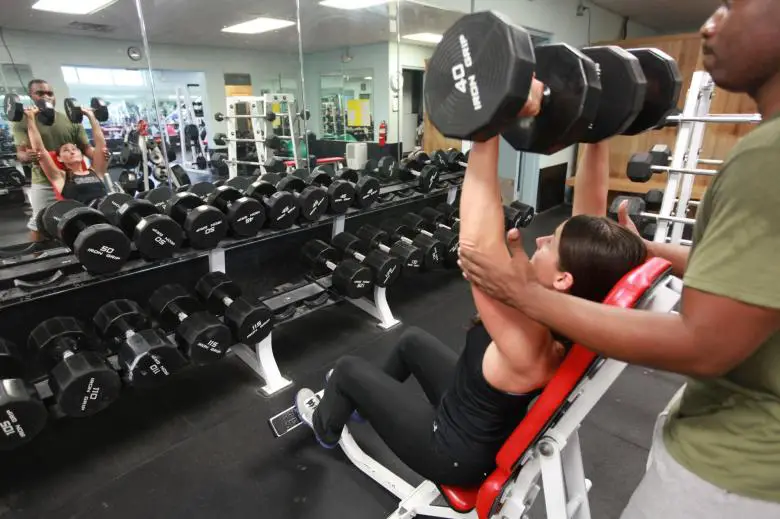
Your once-solid biceps and quads can start ghosting you after age 60, as muscle fibers shrink and fat infiltrates what’s left. This sarcopenia saga can lead to weakness, poor balance, and a slower metabolism that cranks up weight gain. Resistance training is your MVP here—light weights, resistance bands, or bodyweight moves like squats and push-ups should become weekly staples. Aim for two to three strength sessions per week, giving muscles time to recover and rebuild.
Protein intake matters, too—think lean meats, beans, dairy, or plant-based protein powders sprinkled into smoothies. Spread protein evenly across meals to optimize muscle protein synthesis. Don’t neglect adequate sleep; that’s prime time for muscle repair. Add mobility work—stretching, foam rolling—to keep joints happy and reduce injury risk. Even simple tasks like carrying laundry baskets or heavy grocery bags count as strength work. Pair with cardio for heart health, but let weights be your backbone of fitness. Keep that muscle mass, because stronger bodies mean livelier lives.
8. Hearing Loss
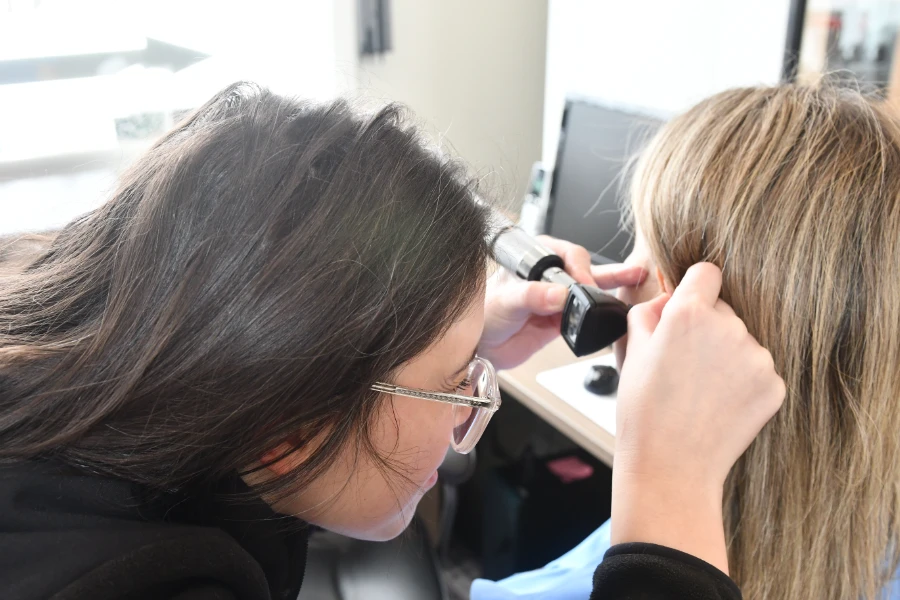
If every conversation feels like you’re lip-reading a foreign film, you’re not alone. Age-related hearing loss—presbycusis—affects about one in three people over 65. It sneaks in gradually, often dismissed as “everyone’s mumbling.” Untreated, it can lead to social withdrawal, cognitive decline, or depression. Get baseline audiometry tests every few years; early aid fitting can make a world of difference.
Protect what you’ve still got—ditch the earbuds at max volume, wear ear protection around loud machinery or concerts, and keep background noise low when chatting. Consider captioned phones or TV systems if clarity’s waning. Modern hearing aids are sleek, Bluetooth-enabled, and customizable. Enlist a hearing coach or audiologist for training on proper use and maintenance. Don’t chalk up hearing loss to “just old age”—it’s a medical condition with fixable solutions. Stay tuned in by tuning up your ears.
9. Vision Changes

Reading menus might require a bifocal flip, but beyond that, sneaky eye conditions can pop up—cataracts, glaucoma, and age-related macular degeneration (AMD). Early warning signs like glare sensitivity, blurry patches, or halos around lights can be subtle. Annual comprehensive eye exams are a must; catching issues early can preserve precious vision.
Protect your peepers with UV-blocking sunglasses and wide-brimmed hats outdoors. Nutrition matters—leafy greens, fatty fish, and colorful fruits pack antioxidants that support eye health. If cataracts cloud your view, surgery is quick and effective. For AMD, specialized supplements (AREDS2 formula) can slow progression. Manage chronic conditions like diabetes or hypertension, since they can wreak havoc on retinal vessels. Give your eyes screen breaks—follow the 20-20-20 rule (every 20 minutes, look 20 feet away for 20 seconds). With proper care, you’ll keep seeing life’s vibrant details in high definition.
10. Declining Kidney Function

As years accrue, your kidneys’ filtration rate gently dips—often unnoticed until waste products back up or electrolyte imbalances pop up. Chronic kidney disease (CKD) risk rises after 60, especially with diabetes or hypertension in play. Regular blood work (eGFR, creatinine) tells the tale early, so don’t skip labs.
Hydration is key—aim for water over sugary or caffeinated drinks. Monitor sodium intake; too much salt stresses filtration. Keep diabetes and blood pressure in check with diet, exercise, and meds. Certain over-the-counter painkillers (NSAIDs) can be kidney bullies if overused—opt for safer alternatives when possible. A plant-forward diet helps, but discuss protein sources with your nephrologist—too little protein can also be problematic. Maintain a healthy weight to reduce kidney strain. And avoid excess aluminum or heavy metals from supplements or cookware. With mindful habits, you’ll help your kidneys keep the rhythm.
11. Polypharmacy Pitfall
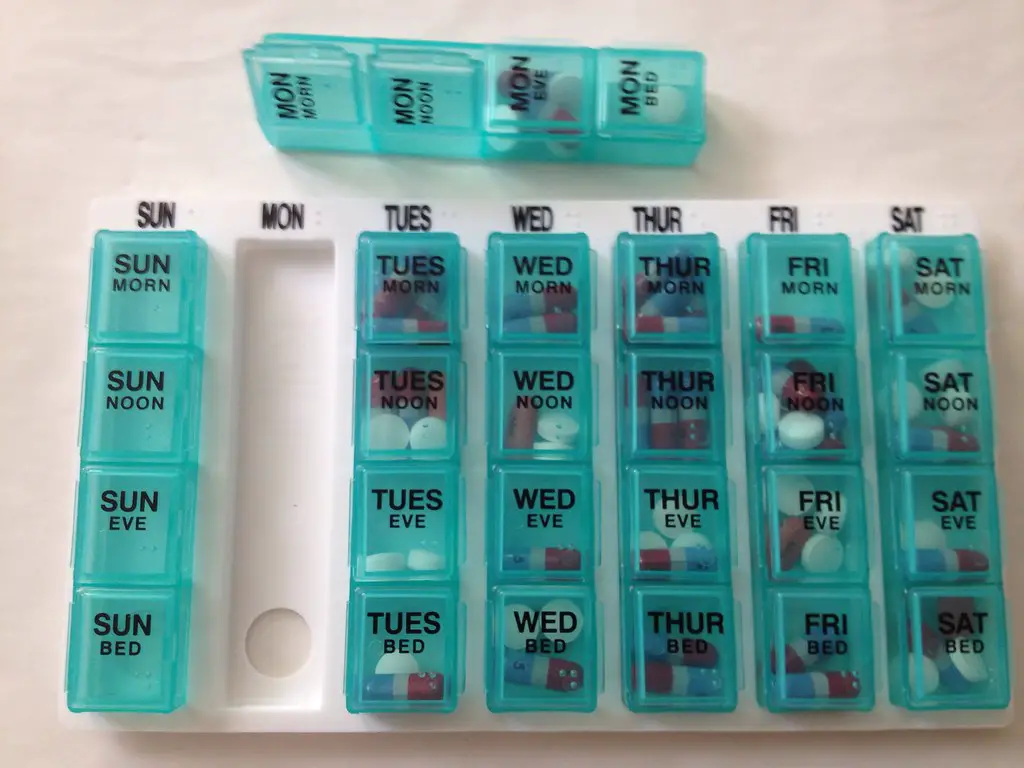
By 60+, many of us juggle prescriptions—blood pressure pills, cholesterol meds, maybe a painkiller here and a sleep aid there. But mixing too many drugs (polypharmacy) can lead to dangerous interactions, dizziness, or cognitive fuzziness. It’s like running ten apps on a smartphone simultaneously—eventual crash.
Keep an up-to-date medication list, including over-the-counter supplements. Bring it to every appointment and pharmacy visit. Ask your doctor or pharmacist to review for redundancies or risky combos. Whenever possible, simplify: use combination pills, align dosing schedules, and explore non-drug alternatives like physical therapy for pain or mindfulness for insomnia. Watch for side effects: sudden confusion, frequent falls, or stomach issues deserve a med check-in. Empower yourself by asking, “Do I still need this?” Deprescribing can be as crucial as prescribing.
12. Sleep Disturbances

Remember those blissful all-nighters in your 20s? Now, sleep can be elusive—insomnia, frequent awakenings, or early morning risers without coffee won’t cut it. Poor sleep fuels inflammation, impairs cognition, and worsens chronic conditions. Adopt a consistent sleep schedule, even on weekends. Create a bedtime ritual—dim lights, screen cutoff an hour before bed, and maybe a decaf herbal tea.
Optimize your bedroom: cool, dark, and quiet. Invest in breathable bedding and a supportive mattress. Light stretching or gentle yoga before bed helps, but save vigorous workouts for earlier in the day. Limit caffeine after noon and alcohol before bedtime—it’s a sedative illusion that fragments sleep. If you suspect sleep apnea (loud snoring, daytime grogginess), get a sleep study—CPAP therapy can be life-churning. Mind racing thoughts with journaling or meditation. Quality sleep is non-negotiable; treat it like the VIP it is.
13. Metabolic Mischief (Metabolic Syndrome)

After 60, your metabolism can feel like a car in neutral—weight creeps up, waistlines expand, and blood sugar and lipids tango out of control. Metabolic syndrome—a cluster of hypertension, high blood sugar, excess belly fat, and abnormal cholesterol—ups your risk of heart disease and diabetes. Fight back with balanced meals: lean proteins, whole grains, healthy fats, and a kaleidoscope of veggies.
Portion control is crucial—use smaller plates or mindful eating techniques. Regular cardio—brisk walking, swimming, or cycling—helps burn visceral fat and improve insulin sensitivity. Resistance training complements by building muscle mass, boosting resting metabolism. Ditch sugary drinks and refined carbs; swap them for water, herbal teas, or sparkling water with a splash of fruit juice. Monitor your numbers—blood pressure, fasting glucose, lipid panels—with annual checks. Even small lifestyle tweaks add up to big health dividends.
14. Balance and Falls
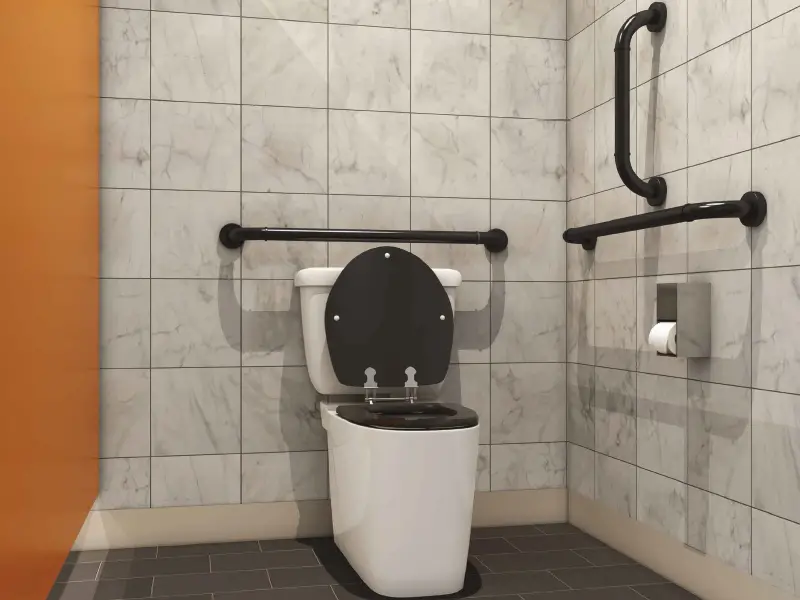
Gravity doesn’t get kinder with age. Diminished proprioception (body-awareness), slower reflexes, and weaker muscles can turn a simple misstep into a dangerous tumble. Falls are a leading cause of injury in those over 60, but many are preventable. Incorporate balance exercises—tai chi, single-leg stands, or heel-to-toe walking—to sharpen stability.
Keep your home fall-proof: secure rugs, install grab bars in bathrooms, and ensure adequate lighting—especially at night. Wear supportive, non-slip shoes even indoors. Review your medications for dizziness side effects. Stay active to maintain strength and coordination. Vision and hearing checks help, too—sensory input is vital for balance. If falls or near-misses occur, seek a physical therapy evaluation; they can tailor programs to your needs. By proactively honing your balance, you’ll keep confidently stepping through life’s adventures.
